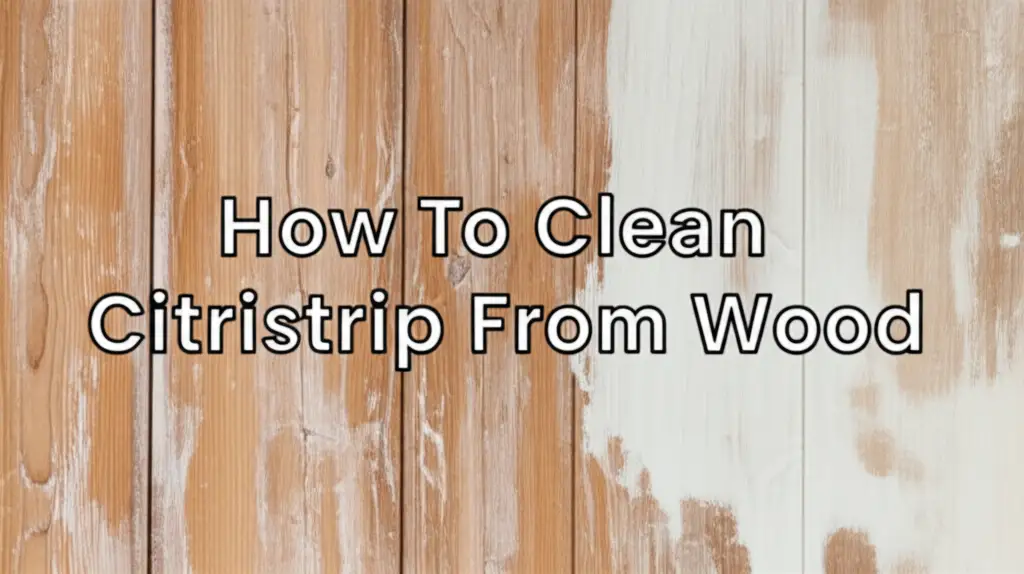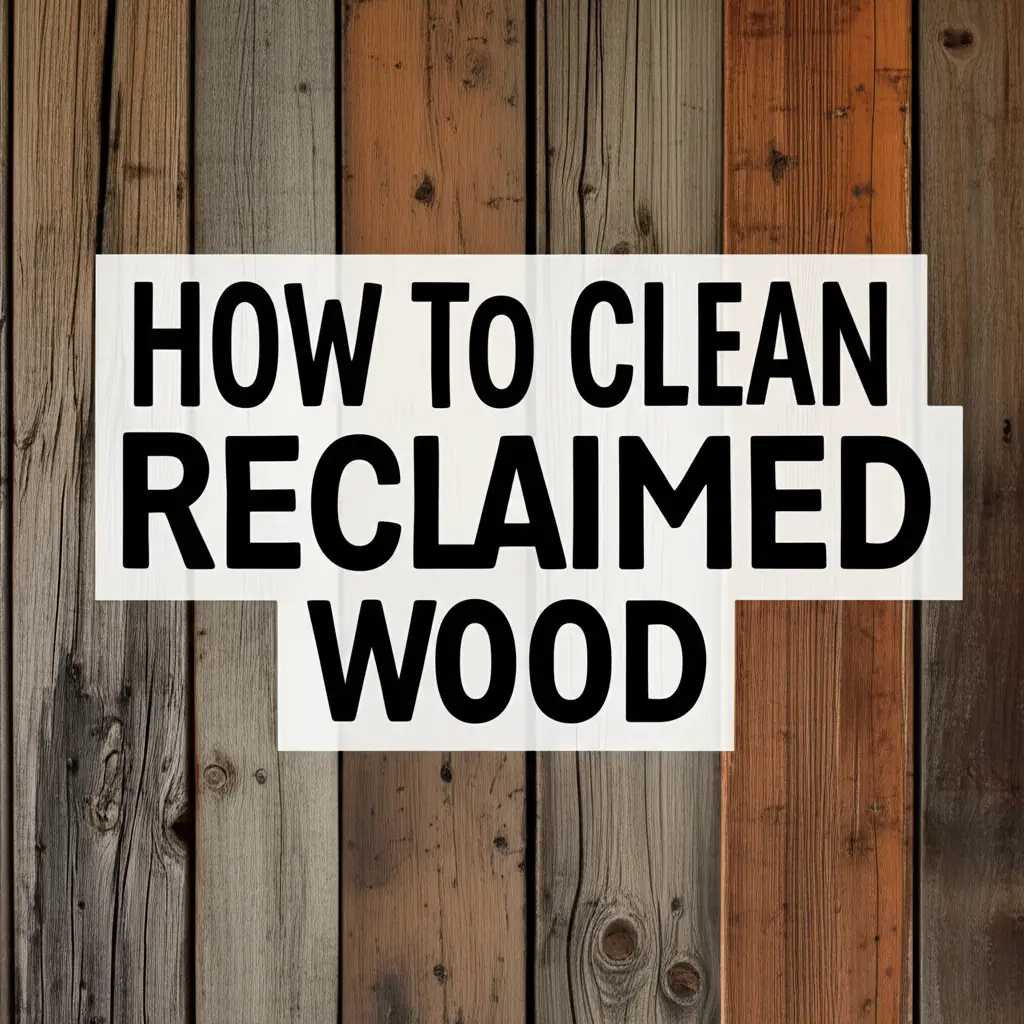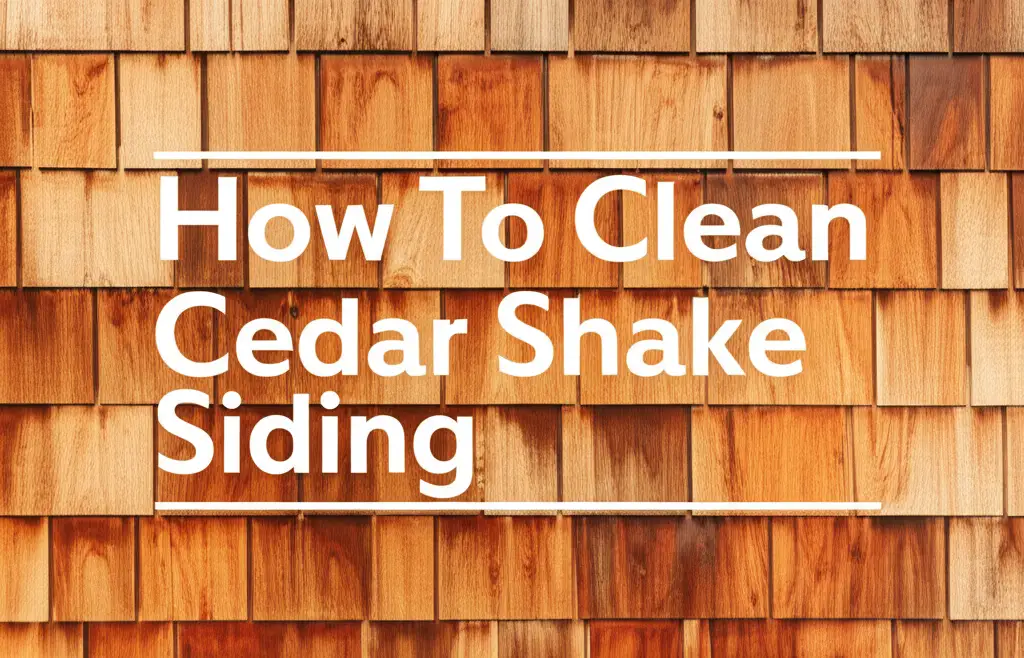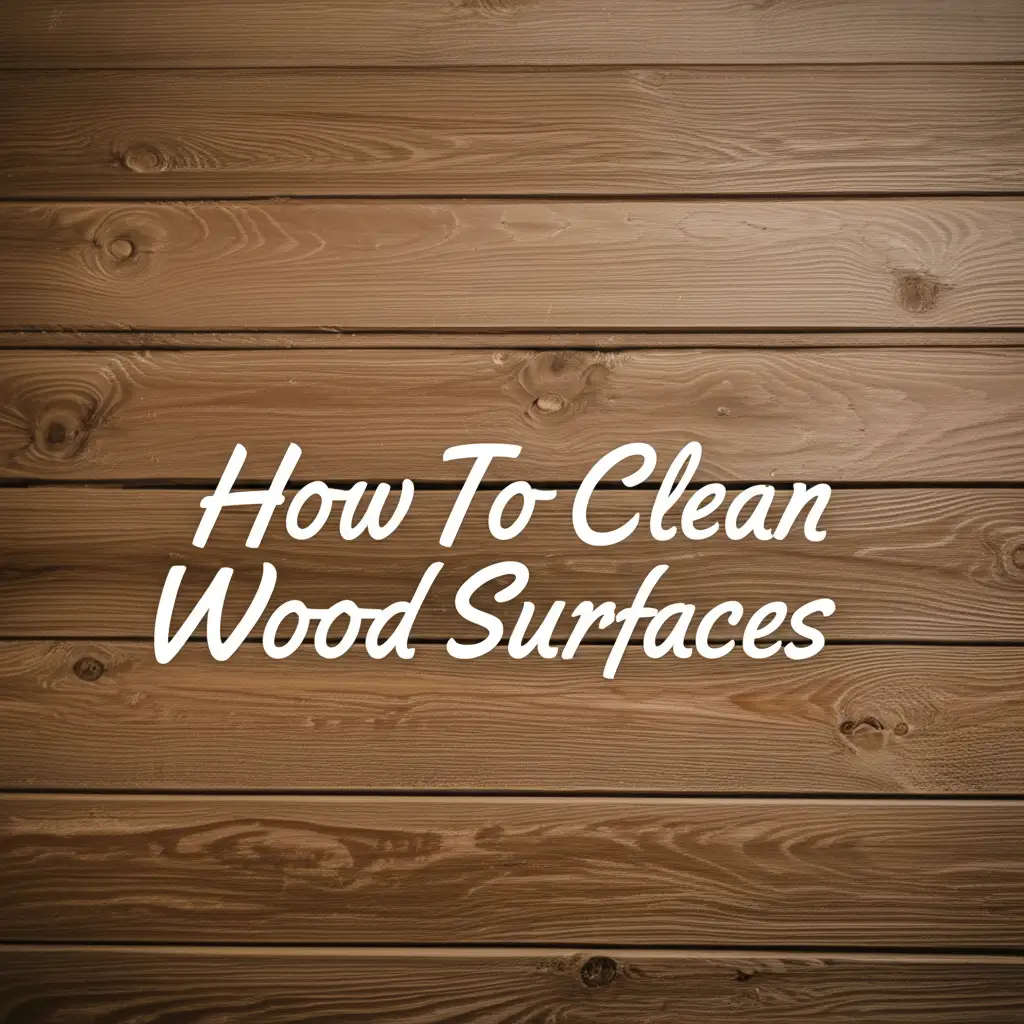· Mold Removal · 14 min read
How To Clean Black Mold Off Wood

Tackling Black Mold on Wood Surfaces
Black mold on wood is a common and concerning issue for many homeowners. It looks unsightly. More importantly, it can pose risks to your health and damage your property. Finding black mold on wooden furniture, floors, or structural beams demands quick action. You must remove it properly to prevent further spread and problems.
This guide helps you understand black mold. It provides clear, actionable steps to clean black mold off wood effectively. We will cover safety precautions you must take. We will explore different cleaning agents and methods for various wood types. You will learn how to identify when to call a professional. We will also discuss how to prevent mold from returning. By the end, you will feel ready to tackle mold on wood with confidence.
Takeaway
Cleaning black mold off wood requires care. Follow these steps for best results:
- Prioritize safety with proper protective gear.
- Assess the mold’s extent to decide on DIY or professional help.
- Choose the right cleaning solution for your wood type.
- Clean thoroughly and ensure proper drying.
- Implement long-term prevention strategies to stop recurrence.
How do you clean black mold off wood? You clean black mold off wood by first ensuring safety with PPE and good ventilation. Then, use a suitable cleaning solution like white vinegar, borax, or hydrogen peroxide. Scrub the affected area gently. Dry the wood completely afterwards. This process removes mold and helps prevent its return.
Understanding Black Mold on Wood: Why It Appears
Black mold often appears on wood surfaces due to specific conditions. Mold spores are always present in the air. They only grow when conditions are right. Wood provides an excellent food source for mold. This is especially true for porous or untreated wood.
The main trigger for mold growth is moisture. High humidity levels contribute to this problem. Water leaks, condensation, or poor ventilation create damp environments. These conditions allow mold spores to settle and multiply rapidly. For example, a leaky pipe behind a wall can create hidden mold on wood studs. Basements and bathrooms often have mold because of constant moisture.
Black mold, often Stachybotrys chartarum, thrives in these damp, dark places. It feeds on cellulose, which is abundant in wood. Once it starts growing, it spreads quickly if left untreated. Recognizing the early signs of mold is key. You can often smell a musty odor before you see the mold itself. Identifying and addressing the moisture source is crucial. Simply cleaning the mold without fixing the moisture problem means it will come back.
Essential Safety Measures Before Cleaning Black Mold
Before you begin to clean black mold off wood, safety is paramount. Black mold can release spores. Breathing these spores can cause health issues. These issues include respiratory problems, allergic reactions, and skin irritation. Protecting yourself and others in your home is vital.
Always work in a well-ventilated area. Open windows and doors. Use fans to direct air outside. This helps to reduce the concentration of airborne mold spores. It also helps to dissipate cleaning fumes. Never try to clean mold in a confined space without good airflow.
Personal protective equipment (PPE) is not optional. You need to wear a few items to stay safe. A N95 respirator or a higher-rated mask is essential. This protects your lungs from inhaling spores. Gloves protect your hands from mold and cleaning solutions. Wear old clothes that cover your arms and legs. You should wash these clothes immediately after cleaning. Eye protection, like safety goggles, prevents spores from entering your eyes. Taking these precautions protects your health.
- Ventilation:
- Open all windows and doors in the work area.
- Use fans to create airflow, directing air outside.
- Isolate the work area from other parts of the home if possible.
- Personal Protective Equipment (PPE):
- N95 Respirator Mask: Essential for protecting your lungs.
- Rubber Gloves: Protect hands from mold and chemicals.
- Safety Goggles: Shield eyes from spores and splashes.
- Old Clothing: Wear long sleeves and pants to cover skin. Dispose of or wash these clothes immediately.
Assessing the Severity: When to DIY vs. Call a Pro
Determining whether to clean black mold yourself or hire a professional is a critical first step. Your decision depends on the size and location of the mold growth. It also depends on your comfort level with the task. Small, superficial mold patches are often manageable for a DIY project.
You can usually handle mold spots under 10 square feet (about 3 feet by 3 feet). This applies to mold on visible, non-structural wood, like furniture or small wall sections. If the mold affects only the surface, it is typically easier to remove. Always make sure you can safely access the area. Ensure you have the right tools and protective gear. Cleaning mold off of wood furniture, for example, is often a DIY task. You can find more tips on how to clean mold off of wood furniture. For detailed advice, visit our guide on how to clean mold off of wood furniture.
However, larger infestations or mold on structural wood require expert help. If mold covers more than 10 square feet, professionals have specialized equipment. They have containment strategies to prevent spore spread. Visible mold on subflooring, wall studs, or ceiling joists suggests a bigger issue. This can indicate deep wood penetration or structural damage. Mold that returns quickly after cleaning also signals a deeper problem. If you suspect mold in your HVAC system or behind walls, call a professional. They can identify the moisture source and remediate the issue completely. This protects your home and your health from further harm.
Step-by-Step Guide to Cleaning Black Mold Off Wood Surfaces
Cleaning black mold off wood requires careful steps. The method you choose depends on the type of wood and the mold’s severity. Always start with the least aggressive method. Move to stronger solutions only if needed. Remember to wear all your safety gear throughout this process.
H3: Preparing the Area
Before you apply any cleaning solution, prepare the wood surface. First, remove any loose debris with a dry cloth. You want to avoid spreading mold spores. Do not sand or aggressively brush the mold before treatment. This can release more spores into the air. If the wood is very dusty, gently vacuum the area with a HEPA filter vacuum. Ensure proper ventilation is already established.
H3: Choosing Your Cleaning Solution
Several effective solutions exist for cleaning mold from wood. The best choice depends on the wood type and mold severity.
Vinegar Solution for Mold on Wood
White vinegar is a natural and effective mold killer. It is safe for most wood types. It is also less harsh than bleach. Vinegar is about 80% effective against many mold species. Its acidic nature disrupts mold growth.
- How to Use:
- Pour undiluted white vinegar into a spray bottle.
- Liberally spray the moldy area with vinegar.
- Let it sit for at least an hour. This allows the vinegar to penetrate and kill the mold.
- Wipe the surface with a clean cloth or scrub gently with a soft brush.
- Rinse the wood lightly with clean water to remove any residue.
- Ensure the wood dries completely. You can use fans or a dehumidifier to speed drying.
Borax Solution for Wood Mold
Borax is a natural mineral. It acts as a fungicide and insecticide. It is excellent for killing mold and inhibiting its future growth. Borax is non-toxic to humans and pets, but do not ingest it. It does not produce harsh fumes.
- How to Use:
- Mix one cup of borax with one gallon of hot water. Stir until the borax dissolves.
- Apply the solution to the moldy wood with a sponge or spray bottle.
- Scrub the area with a stiff brush to remove mold stains.
- Do not rinse the borax solution from the wood. Leaving it on helps prevent future mold growth.
- Dry the wood thoroughly using fans or air circulation.
Hydrogen Peroxide Treatment for Mold
Hydrogen peroxide is a strong oxidant. It is effective at killing mold spores. It also brightens wood surfaces. This can help with stains left by mold. Use a 3% hydrogen peroxide solution, which is commonly available.
- How to Use:
- Pour 3% hydrogen peroxide into a spray bottle.
- Spray the affected area until it is saturated.
- Let the solution sit for 10-15 minutes. This allows it to kill the mold.
- Scrub the surface with a brush or wipe with a cloth.
- Rinse the wood lightly with water.
- Dry the wood completely.
When to Use Bleach (and its limitations on wood)
Bleach can kill mold on non-porous surfaces. However, its effectiveness on porous wood is limited. Bleach does not penetrate wood deeply enough to kill mold roots. It can also discolor or damage wood over time. Use bleach only as a last resort on surfaces that tolerate it. Always test in an inconspicuous area first.
- How to Use (Caution Advised):
- Mix one cup of bleach with one gallon of water.
- Apply with a cloth or sponge to the moldy area.
- Allow it to sit for a few minutes.
- Rinse thoroughly with clean water.
- Dry the wood completely and quickly.
H3: Post-Cleaning Steps
After applying your chosen solution and scrubbing, careful post-cleaning is vital. Ensure all mold residue is removed. Rinse the area lightly with clean water if the solution requires it. The most important step is to dry the wood completely. Any lingering moisture will invite mold back. Use fans, dehumidifiers, or open windows to ensure thorough drying. You can even use a hairdryer on a low setting for small spots. Make sure the wood is dry to the touch and feels solid.
For antique wood furniture, special care is needed. Mildew on antique wood furniture may require gentler methods. Learn more about effective methods in our guide on how to clean mildew off antique wood furniture.
Post-Cleaning Care and Protecting Wood from Future Mold
Cleaning black mold off wood is only half the battle. Preventing its return is equally important. Mold thrives in damp conditions. Your strategy must focus on moisture control and protective measures. Ignoring these steps means mold will likely reappear.
After cleaning, ensure the wood is bone dry. Use fans and dehumidifiers to speed up this process. If the wood remains damp, mold will quickly regrow. Once dry, consider applying a mold-inhibiting primer or sealant. This creates a barrier. It makes the wood less inviting for mold spores. Clear sealants exist for finished wood surfaces. For unfinished wood, specialized anti-mold coatings are available.
Controlling humidity levels in your home is a major preventive measure. Use a hygrometer to monitor indoor humidity. Aim for levels between 30% and 50%. Dehumidifiers are very effective in damp areas like basements or bathrooms. Ensure proper ventilation, especially in moisture-prone rooms. Run exhaust fans during and after showers. Use kitchen fans when cooking. Fix any leaks promptly, whether from pipes, roofs, or windows. Promptly dry up spills. Good air circulation also helps prevent mold growth. Arrange furniture to allow air movement around walls. You can maintain old wood floors without sanding by regularly cleaning them and controlling moisture. For more tips on keeping old wood floors clean, see our article on how to clean old wood floors without sanding.
- Moisture Control:
- Maintain indoor humidity between 30-50%.
- Use dehumidifiers in damp areas.
- Repair leaks immediately.
- Ensure proper ventilation in bathrooms and kitchens.
- Air Circulation:
- Open windows regularly.
- Use fans to move air.
- Avoid overcrowding rooms with furniture.
- Protective Coatings:
- Apply mold-inhibiting primers or sealants to cleaned wood.
- Consider anti-mold paints for unfinished wood.
Specialized Cleaning for Different Wood Items
Different wood items require specific considerations when cleaning black mold. The approach varies based on the wood’s finish, porosity, and location. Understanding these nuances helps ensure effective mold removal without damaging the wood.
H3: Cleaning Mold from Wood Furniture
Wood furniture often has a finish, such as varnish or paint. This finish protects the wood but can also trap mold spores. For finished furniture, begin with gentler solutions. White vinegar or a mild borax solution is a good starting point. Apply the solution, let it sit, then wipe it clean. Avoid harsh scrubbing that could damage the finish. After cleaning, dry the furniture thoroughly. You can apply a furniture wax or polish to restore its luster and add a protective layer. Always test solutions on an inconspicuous area first.
H3: Removing Mold from Wood Floors
Wood floors, especially older ones, can be highly susceptible to mold. The cleaning method depends on whether the floor is sealed, waxed, or unfinished. For sealed floors, a damp mop with a vinegar or borax solution works well. For unsealed or older floors, you must be careful not to oversaturate the wood. Excessive moisture can cause warping or deeper mold penetration. Scrub affected areas gently. Use a shop vac or towels to remove excess liquid immediately. Ensure the floor dries quickly using fans. If mold has penetrated deeply, sanding may be necessary. For proper post-sanding cleaning before painting, check out how to clean wood after sanding before painting.
H3: Tackling Mold on Unfinished or Porous Wood
Unfinished wood, like that found in basements, attics, or framing, is highly porous. Mold can penetrate deeply into its fibers. This makes removal more challenging. For surface mold, use a borax or hydrogen peroxide solution. These penetrate better than bleach. For deep mold, professional help might be needed. Sometimes, sanding the affected surface layer is necessary to remove deeply embedded mold. Always wear a respirator when sanding moldy wood. After cleaning unfinished wood, consider applying a mold-resistant primer or sealant. This helps protect the wood from future moisture and mold growth.
FAQ Section
Q1: Can black mold on wood make you sick?
Yes, black mold on wood can make you sick. It releases spores and mycotoxins into the air. Breathing these can cause various health issues. Symptoms include respiratory problems, allergies, skin irritation, and headaches. People with compromised immune systems or asthma are more vulnerable. Always take precautions when cleaning mold.
Q2: What kills black mold on wood instantly?
No single solution kills black mold on wood instantly and completely. Solutions like undiluted white vinegar, hydrogen peroxide, or borax mixtures are effective. They kill mold over time. They require contact time to penetrate the mold and spores. Immediate removal of mold occurs through scrubbing after the solution has worked. The most important step is ensuring the wood dries fully.
Q3: Is it possible to remove black mold from wood completely?
Yes, it is possible to remove black mold from wood completely in many cases. Success depends on the mold’s depth and the wood’s porosity. Surface mold is easier to remove. Deeply embedded mold may require more aggressive methods, including sanding or professional remediation. Eliminating the moisture source is crucial for complete removal and prevention of recurrence.
Q4: How long does it take for black mold to grow on wood?
Black mold can start growing on wood within 24 to 48 hours. This happens if moisture is present. It needs food sources, which wood provides, and the right temperature. Visible mold growth often appears within a few days to a week. The speed of growth depends on humidity levels and air circulation. Prompt action is always best.
Q5: When should I discard moldy wood instead of cleaning it?
You should discard moldy wood if the mold has severely damaged the wood structure. This includes warped, rotting, or crumbling wood. If the mold covers a large area (more than 10 square feet) or has deeply penetrated porous materials, replacement is often safer and more effective. Structural wood with significant mold growth also needs professional assessment for replacement.
Q6: Can I paint over black mold on wood?
No, you should not paint over black mold on wood. Painting over mold will not kill it. The mold will continue to grow beneath the paint. It can damage the paint finish and eventually reappear. Always thoroughly clean and dry the moldy wood before painting. Use a mold-resistant primer as an extra precaution.
Conclusion
Cleaning black mold off wood is a challenging but necessary task for any homeowner. You now have a comprehensive guide to tackle this problem effectively. We covered how mold thrives on wood. We stressed the critical importance of safety precautions. You also learned how to assess the mold’s severity. This helps you decide between a DIY approach and calling a professional.
We explored various effective cleaning solutions. These included white vinegar, borax, and hydrogen peroxide. Each has unique benefits for different wood types. Remember that thorough drying and preventing future moisture are just as important as the cleaning itself. By taking proactive steps, you protect your home. You also safeguard the health of everyone in it.
Do not let black mold compromise your living space. Use the knowledge gained from this article. Take immediate action to clean black mold off wood. Restore your home to a healthy and safe environment. Your efforts will pay off in a cleaner, mold-free space.
- black mold removal
- wood cleaning
- mold remediation
- household mold
- wood restoration




